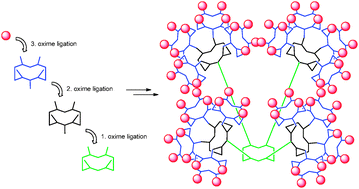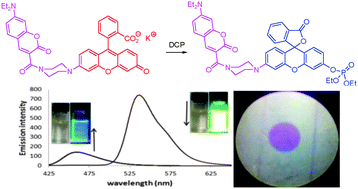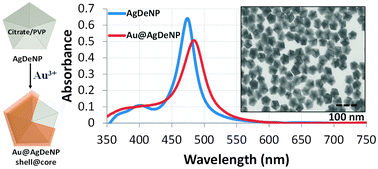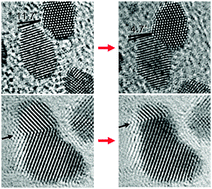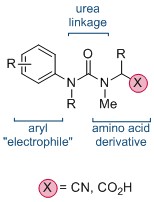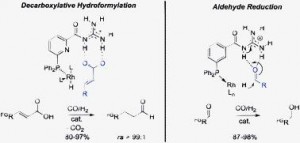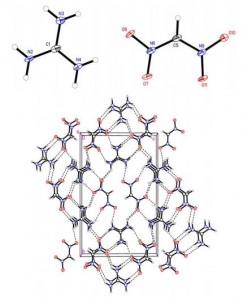The top 10 most accessed ChemComm articles between July and Septmeber 2013 were as follows:
Photocatalytic hydrogen production from a noble metal free system based on a water soluble porphyrin derivative and a cobaloxime catalyst
Theodore Lazarides, Milan Delor, Igor V. Sazanovich, Theresa M. McCormick, Irene Georgakaki, Georgios Charalambidis, Julia A. Weinstein and Athanassios G. Coutsolelos
Chem. Commun., 2013, Advance Article
DOI: 10.1039/c3cc45025b
A seeded synthetic strategy for uniform polymer and carbon nanospheres with tunable sizes for high performance electrochemical energy storage
Jiasheng Qian, Mingxian Liu, Lihua Gan, Pranav K. Tripathi, Dazhang Zhu, Zijie Xu, Zhixian Hao, Longwu Chen and Dominic S. Wright
Chem. Commun., 2013,49, 3043-3045
DOI: 10.1039/c3cc41113c
Size control and quantum confinement in Cu2ZnSnS4 nanocrystals
Ankur Khare, Andrew W. Wills, Lauren M. Ammerman, David J. Norris and Eray S. Aydil
Chem. Commun., 2011,47, 11721-11723
DOI: 10.1039/c1cc14687d
Enhanced anode performances of the Fe3O4–Carbon–rGO three dimensional composite in lithium ion batteries
Baojun Li, Huaqiang Cao, Jin Shao and Meizhen Qu
Chem. Commun., 2011,47, 10374-10376
DOI: 10.1039/c1cc13462k
“Integrated” and “insulated” boronate-based fluorescent probes for the detection of hydrogen peroxide
Xiaolong Sun, Su-Ying Xu, Stephen E. Flower, John S. Fossey, Xuhong Qian and Tony D. James
Chem. Commun., 2013,49, 8311-8313
DOI: 10.1039/c3cc43265c
Graphene quantum dots: emergent nanolights for bioimaging, sensors, catalysis and photovoltaic devices
Jianhua Shen, Yihua Zhu, Xiaoling Yang and Chunzhong Li
Chem. Commun., 2012,48, 3686-3699
DOI: 10.1039/c2cc00110a
Fluorescence sensing of arsenate at nanomolar level in a greener way: naphthalene based probe for living cell imaging
Animesh Sahana, Arnab Banerjee, Sisir Lohar, Sukanya Panja, Subhra Kanti Mukhopadhyay, Jesús Sanmartín Matalobos and Debasis Das
Chem. Commun., 2013,49, 7231-7233
DOI: 10.1039/c3cc43211d
A one-step low temperature processing route for organolead halide perovskite solar cells
Matthew J. Carnie, Cecile Charbonneau, Matthew L. Davies, Joel Troughton, Trystan M. Watson, Konrad Wojciechowski, Henry Snaith and David A. Worsley
Chem. Commun., 2013,49, 7893-7895
DOI: 10.1039/c3cc44177f
A BODIPY aldoxime-based chemodosimeter for highly selective and rapid detection of hypochlorous acid
Mustafa Emrullahoglu, Muhammed Üçüncü and Erman Karakus
Chem. Commun., 2013,49, 7836-7838
DOI: 10.1039/c3cc44463e
Copper(i) dye-sensitized solar cells with [Co(bpy)3]2+/3+ electrolyte
Biljana Bozic-Weber, Edwin C. Constable, Sebastian O. Fürer, Catherine E. Housecroft, Lukas J. Troxler and Jennifer A. Zampese
Chem. Commun., 2013,49, 7222-7224
DOI: 10.1039/c3cc44595j
Do you have any thoughts or comments on any of these articles? Why not leave these in the comment box below.
If you have an article you would like to submit to us at ChemComm, please submit to us here or alternatively email us with your suggestions!
Comments Off on Top 10 most accessed articles July-September 2013















